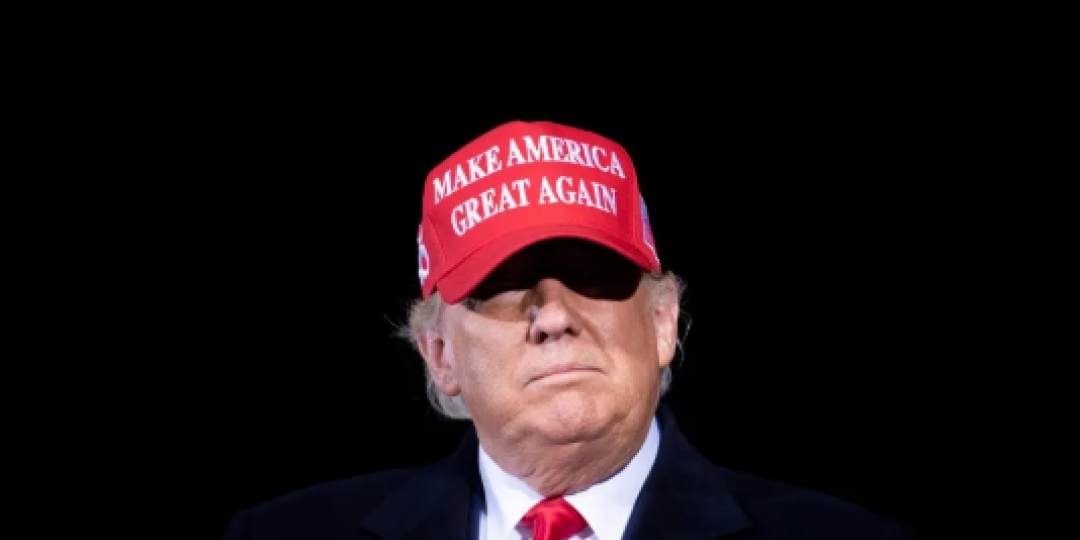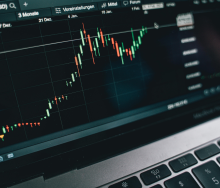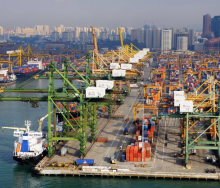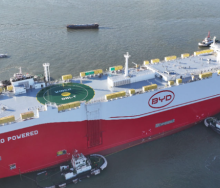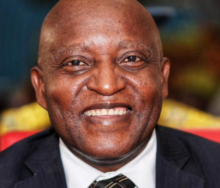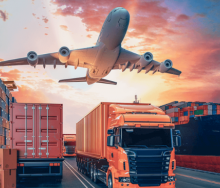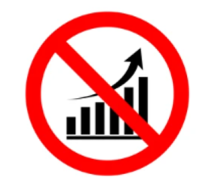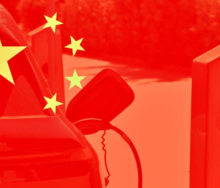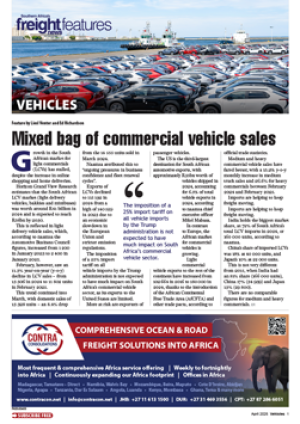Industry leaders from across the globe continue to weigh in on the conversation sparked by US President Donald Trump’s raft of “reciprocal tariffs” aimed at various countries, using what appear to be dubious trade imbalance calculations.
Holding up a chart this past Wednesday at the White House, Trump furthered the argument, which increasingly appears to be false and based on fudged figures, that several of the US’s trading partners have benefited from uneven tariffs imposed on US imports.
As a result of these tariff disparities, countries like China, Vietnam, South Africa, Bangladesh, Sri Lanka, Laos and Botswana had apparently benefited from a trade imbalance by respectively charging 67%, 90%, 60%, 74%, 88%, 95% and 74% to the US.
He said that was why the US had cause to levy “discounted reciprocal tariffs” of 34% (China), 46% (Vietnam), 30% (SA), 37% (Bangladesh), 44% (Sri Lanka), 48% (Laos) and 37% (Botswana).
Countries like India, South Korea, Cambodia, Switzerland, Myanmar, Madagascar, Tunisia, Kazakhstan and Serbia were also not spared from Trump’s trade wrath.
Even Lesotho had apparently charged 99% tariffs on US goods, leading to the imposition of 50% tariffs on exports from the landlocked country henceforth sent to the US.
But Trump, who runs a social media platform called “Truth Social”, has a notoriously flawed ‘economic’ grasp of factually verified information that is drawing increasing condemnation, especially after Wednesday.
Speaking immediately after Trump addressed the media, XA Global Trade Advisors CEO Donald MacKay said “it’s factually inaccurate” that South Africa has benefited from charging 60% tariff on US imports.
He said that considering that South Africa’s tariff average was 7.5%, US tariffs should be around 3.75%, not 30%.
Stellenbosch University Professor of Economics, Johan Fourie, said Trump’s idea of uneven tariff disparities “is incorrect, plain and simple”.
Based on data gathered by TradeMap, he said: “Only two product categories face tariffs above 60% - second-hand clothes and tobacco.
“These are also among the smallest in value. At the six-digit product level – where there are more than a thousand categories – only four US imports face tariffs of 60% or more: worn clothing and accessories (175%), two kinds of tobacco (between 111% and 145%), and canned tomatoes (60%).
“Together, the total value of the high-tariff imports was just $379 000 in 2023, so small it is basically a rounding error.”
Fourie emphasised that South Africa, in short, did not impose anything close to a 60% tariff on US goods.
“So how did Trump arrive at that number?
“The method appears to have little to do with actual trade policy. Instead, a country’s so-called ‘tariff’ on the US was derived from a crude formula: take the US trade deficit with that country, divide it by US imports from that country, and call the result their ‘tariff’. Trump then imposed a reciprocal tariff equal to roughly half that number.”
Fourie is not alone in this contention.
Lars Jensen, the CEO of sea intelligence consultancy, Vespucci Maritime, said: “The tariff charged to the US is actually a lie.
“The number listed is not the tariff charged to the US. It is quite simply the trade deficit of the country divided by the magnitude of the import trade.”
He said Wednesday’s announcement “makes zero logical sense”, considering that “the rationale given by the Trump administration is centred around a combination of tariffs charged on US goods, VAT, (and) technical trade barriers.
“But that is just words – the calculation is a simple one of dividing trade deficit by import trade.”
Perhaps venture capitalist and start-up entrepreneur Mzamo Khuzwayo put it more succinctly.
He commented on LinkedIn that, in 2024, “the USA imported $15bn of goods from the RSA and the RSA imported $6bn from the USA.
“Therefore, (the) trade deficit in favour of the RSA is $9bn, which equates to 60% of the imports into the USA from the RSA.
“Put differently, 60% of our exports into the USA represent a trade imbalance (in our favour) when compared to our imports from the USA.”
He said Trump’s advisors, of whom one is expat tech billionaire Elon Musk, “decided that the 60% somehow represents the tariffs that we charge on American goods”.
Pretoria-based Trade & Industrial Policy Strategies has since issued a statement detailing why there’s reason to believe that the Trump administration erroneously equated trade imbalances with tariffs.
